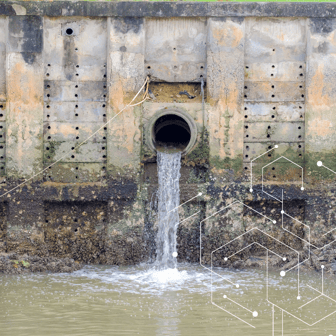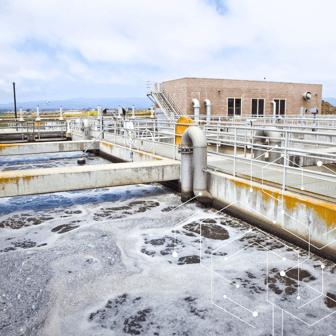A Closer Look: EPA Draft Test Method 1633
In my last post, I recapped the many changes happening in the world of PFAS testing, including new methods as well as revisions to old methods. Today, I want to examine the U.S. EPA’s newest test method: Draft Test Method 1633.
Watch: The Evolving Landscape of PFAS Test Methods
Read: Webinar Recap: New and Evolving PFAS Test Methods
EPA Draft Test Method 1633 – The Basics

Draft Method 1633 is an EPA-developed test method suitable for quantitating up to 40 unique PFAS compounds in all matrices, except drinking water. This would include non-potable water and liquids, such as groundwater, stormwater, runoff, and landfill leachate. Draft Test Method 1633 can also be used to analyze solid matrices, such as soil, biosolids, and biota.
Why Was Draft Method 1633 Developed?
Without an EPA-validated test method for matrices other than drinking water, environmental labs have been left to develop their own methods and SOPs. For example, Pace® developed PFAS by Isotope Dilution, a method based on DOD QSM, Table B-15. Some labs simply use the designation 537M to denote that they’ve adapted EPA Test Method 537, designed for drinking water, to other matrices.
There are some similarities between lab-defined methods, but it’s not coordinated, and that leaves a lot of room for uncertainty. Although we work with these test methods every day, our typical customers do not, so this lack of standardization can create confusion and leave the data open to challenge. For example, at Pace®, we’ve avoided using the 537M naming convention since EPA Method 537 doesn’t technically allow for modifications, and without a defined method, the 537M label can lead to a false sense of security. Once Draft Method 1633 is finalized, lab customers should be able to gain confidence that the data they’re getting from any lab is defensible.
The Pros and Cons of Draft Method 1633
There’s no doubt that Draft Method 1633 is a big step forward. A standardized, validated test method for matrices other than drinking water will help further industry research by removing much of the debate over how the data was obtained. As noted earlier, it will also help water quality professionals and environmental managers ensure their data is defensible – especially crucial as more claims are levied against industry for PFAS contamination and the resulting impact on human health.
That said, Draft Method 1633 has a couple of drawbacks that should be mentioned:
- Focus on wastewater: The method was written by the U.S. EPA’s Office of Water, so there is an inherent focus on wastewater. In addition, as currently written, it is not appropriate for aqueous samples with greater than 50 mg solids per 500 mL sample. This may be addressed in the final method, but it can be a problem for those looking to use the method before finalization.
- Handling requirements: Draft Method 1633 includes handling, storage, and processing requirements that can increase the time and expense required for analysis. For example, clients will be required to collect twice the volume of aqueous samples compared to current methods, along with an additional, smaller-volume container for pre-analysis uses. Some samples may be required to be stored frozen, adding cost and time to the analytical process. Finally, the extraction processes dictated in Draft Method 1633 are more complex, and therefore more costly and time-consuming, than current methods.
The Status and Future Impact of Draft Method 1633
Once finalized, Draft Method 1633 will likely replace all laboratory-specific SOPs as well as state and DOD-specific guidance and methods. Method 1633 will also play a vital role in the U.S. EPA’s efforts to study, monitor, and regulate PFAS in nearly all matrices and regulatory programs except drinking water. In fact, the agency recently issued a memo stating that Draft Method 1633 will be required for NPDES permitting even though the method has yet to complete the multi-lab validation phase.
In June, the U.S. EPA released a second draft of the method, clarifying a few details based on comments regarding the first draft. Pace® is participating in the multi-lab validation study which is expected to be completed by the end of 2022.
Need to know if Draft Method 1633 is right for you? Reach out to our Emerging Contaminants Team for a quick consultation.




